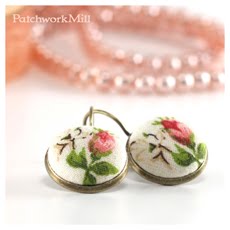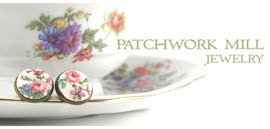We have a very good friend, who is a cartographer and runs his own firm. With the coming Christmas season closing he started thinking what kind of presents he could give his business partners. As he told me most usual formal gifts are all the same and a bit boring as well. He wanted something special, memorable, something that resembles him and his firm, but is also practical. In addition his partners are mostly men. So on his request I started planning the coasters, that he could give as a present, with a bottle of fine wine.
We talked about what kind of symbols are typical in cartography. His firm’s logo is a table globe, but that is too complicated to look good on a coaster. Then he got the idea of the compass, which is found on every map (even the really old ones). I think this is very exciting, since one of the most famous, most versatile quilt block is the “Mariner’s Compass”.
“Mariner’s Compass” from hgtv.com
Bbbut. As soon as I started to deal with this block thoughtfully, I realized there is a reason why they make large center for “medallion” style quilts from it, or king-size quilts that are made of big mariner’s compass blocks. Just try to imagine this pattern on a 4” x 4” coaster! See what I mean?
Brick Red Moss and Gold Compass Log Cabin Quilt from Amish Country Quilts, Pennsylvania, USA
Compass quilt by Mary Benedict Baker, 1850
What can I do? I am sure I can’t sew a so beautiful but so complicated pattern on 4” x 4” (not to mention to make them in 6 piece sets!).
Okay, so I have to “cheat”. And that’s how I found the answer: Circular coaster made of 8 slices (4-4 different fabrics), that I embroidered the compass’ main lines with strong red. With this I already quilted the coaster and I only had to sew on the backing then to sew the binding. I never bound like this, constantly in a circle, but thanks to my bias binding I could manage good and easy. It cuddled up to backing perfectly, so it was very easy to finish the coaster with blindstitching by my hand. On the back I sewed a label with his firm’s logo instead of my own.
Luckily my “customer”, our cartographer friend liked it, he couldn’t even decide between the two (Cozy Brown and Green Garden) colors, so he requested two sets from each serial. I hope the receivers will appreciate – and use – this unique present as well.
Oh, right. Because this compass shouldn’t be only for cartographers or sailors (by the way I will create the whole thing in blue colors too, for sailors’ own sake), I will a few sets available in my Etsy shop as well!

















































































